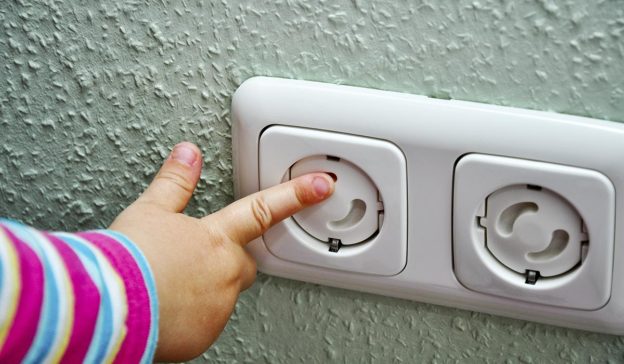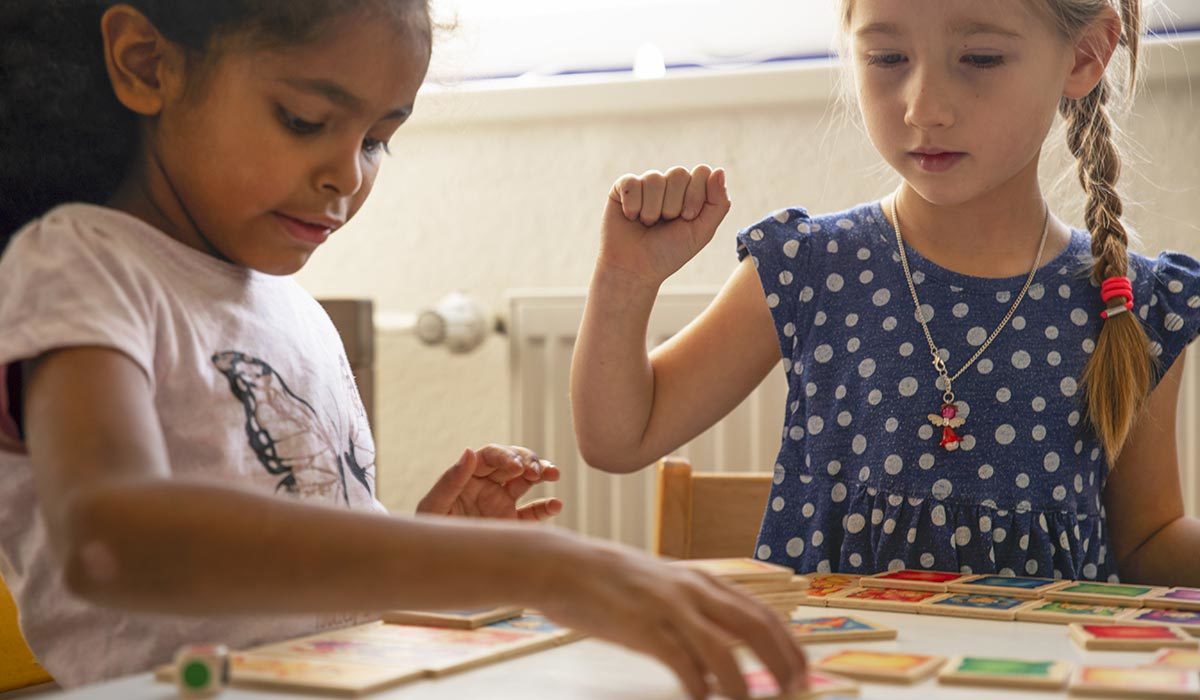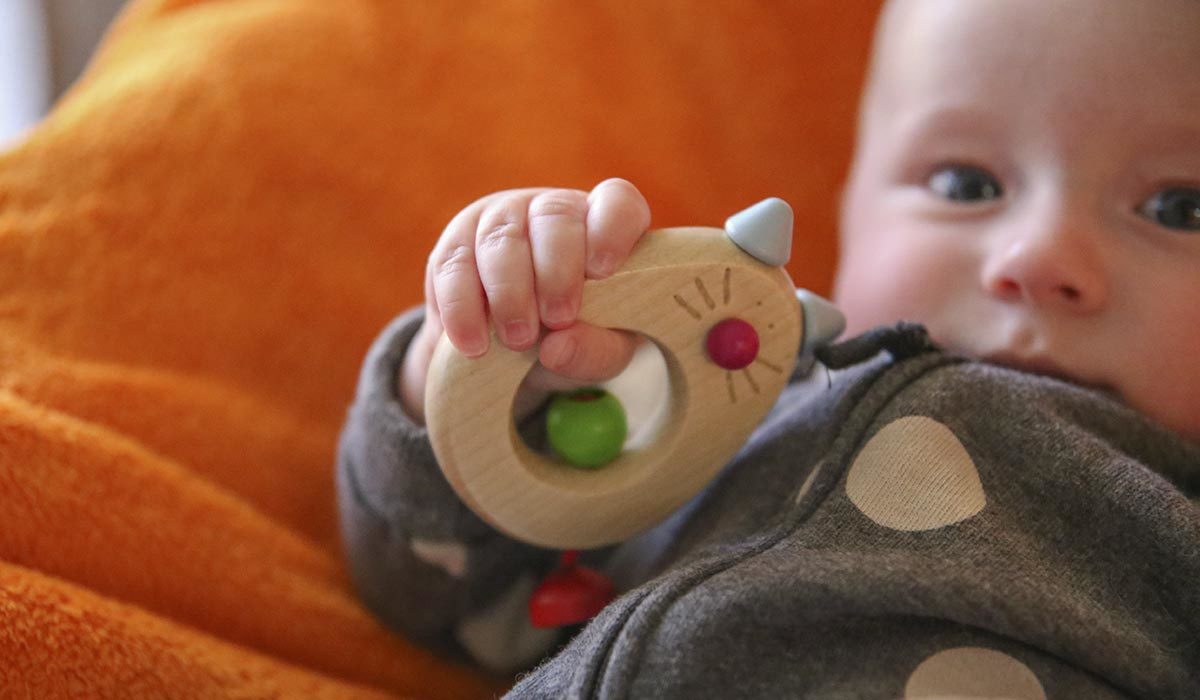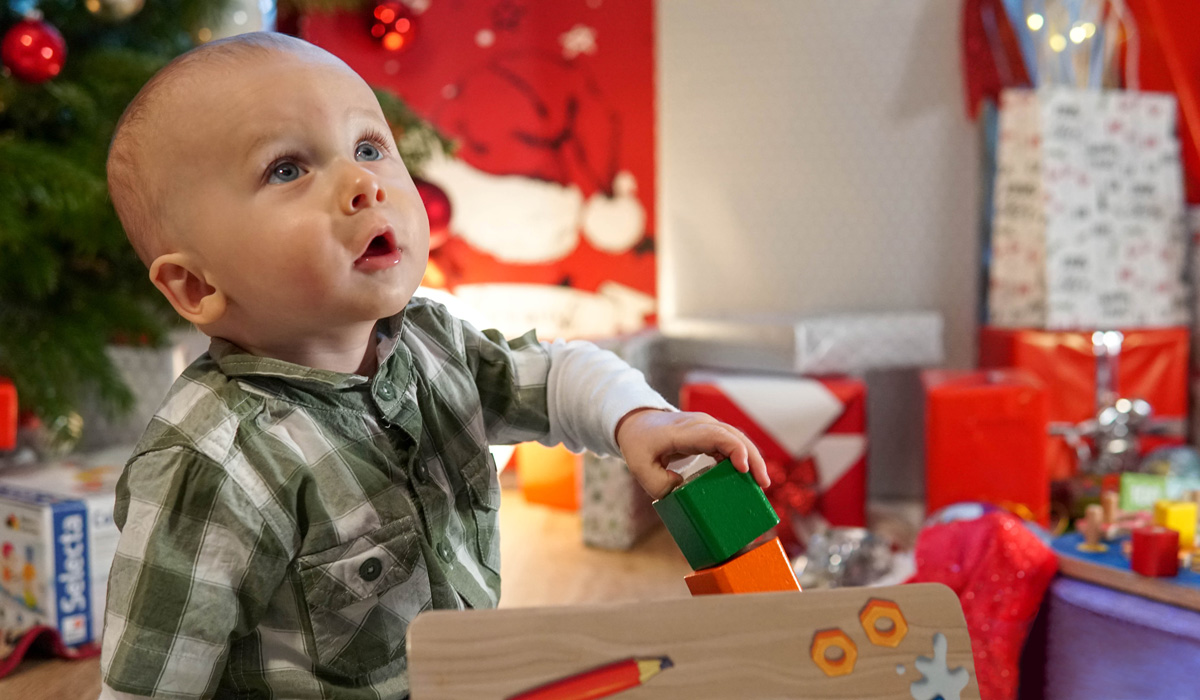When their baby starts to crawl at the very latest, parents should examine their own four walls for potential hazards. Read on to learn about the dangers that lurk in each room and how you can take the necessary precautions.
It is lovely when children become mobile and begin to explore their environments, but for parents it means no end of stress. Not only are the little ones incredibly fast, they generally find things that can be dangerous the most exciting of all.
Our tip: simply put yourself in your child’s position and look at things from their perspective. As you do this, kneel or lie down on the floor and look for everything that is within sight and grabbing range. You will be astonished at the number of potential hazards you find everywhere.
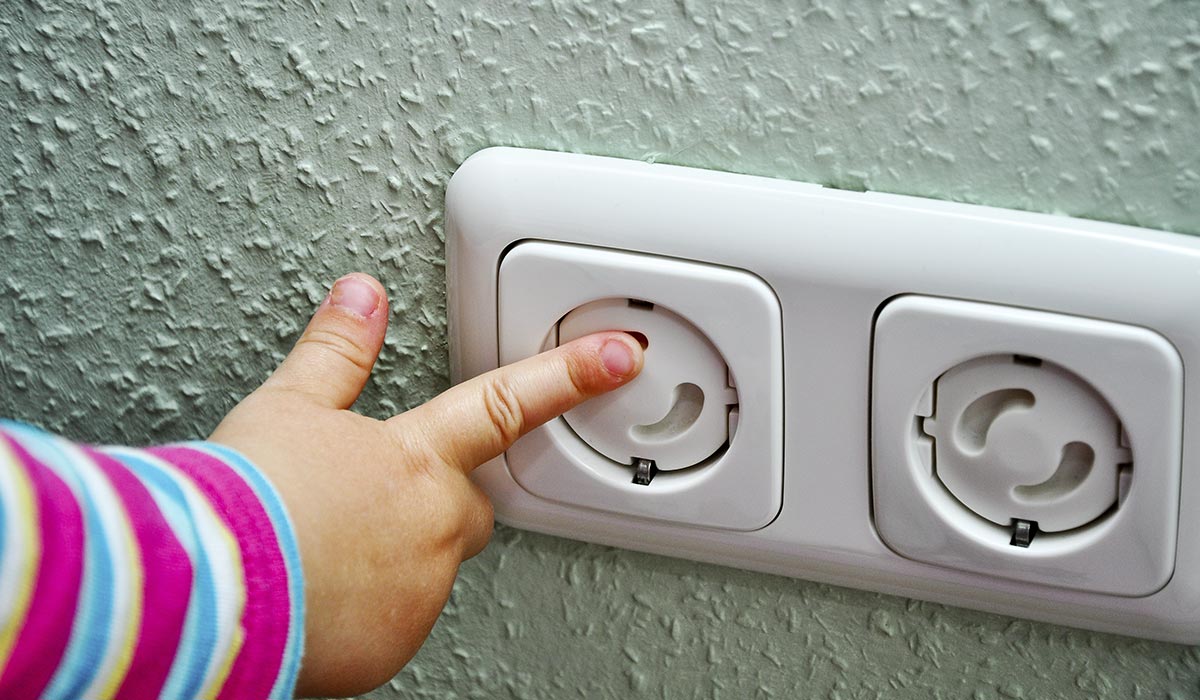
Nevertheless, your home does not need to become a high-security zone. You can make every room childproof by relatively simple means. Find out how with our checklist:
General hazards for babies and small children in the home:
Floors
Children who are just learning to walk are at particular risk of slipping on parquet, laminate flooring, tiles or PVC. Socks with non-slip grip offer protection.
The edges of furniture
Tables and cupboards often have sharp edges that can lead to painful collisions, especially with the head. Edge and corner guards provide immediate protection.
Stairs and fireplaces
Staircases are trip hazards, and falling from them can be fatal. A safety gate should therefore be installed both at the top and at the bottom of a flight of stairs. There should also be safety guards in front of stoves and open fireplaces.
Electric sockets
Little hands seem to gravitate towards electric sockets almost by magic. Socket covers provide protection.
Windows and doors
As a basic principle, windows and balcony doors should always stay closed when a small child is alone in a room. Putting locks on windows and balcony doors prevents them from being opened accidentally. However, cords on curtains and blinds are dangerous and should be hung well above children’s heads. Door stops prevent fingers from getting trapped.
Other hazards
Small children touch everything and also love sticking things in their mouths, so always put dangerous items out of their reach. Risky objects for children include plastic bags, batteries, light bulbs, tools, medicines, string or shoelaces, lighters, cigarettes, alcohol, poisonous plants and so on.
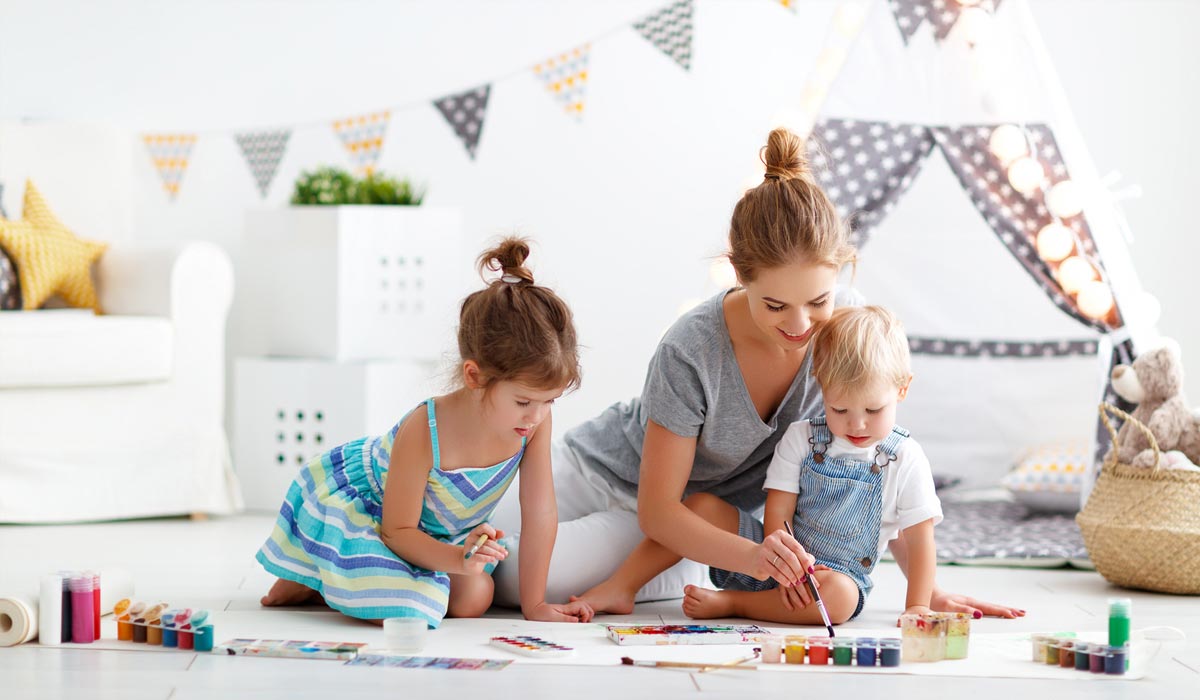
Hazards in the kitchen
Hob and oven
Children love to be there when Mummy and Daddy are cooking. Unfortunately, this often means that they get burnt on hot hobs, opened oven doors or saucepans that they have pulled down. Optimal protection can be provided by an oven security fence that prevents the hob being turned on or the oven door being opened. Always make sure, too, that saucepan handles are not protruding over the edge of the hob.
Drawers and cupboards
‘
Knife, fork, scissors, flames, have no place in children’s games’—just like cleaning products and electronic equipment, all these things can be found in the kitchen, indeed within direct reach of your child. Child locks on drawers and cupboards can provide protection. Fridge and freezer doors, too, should be secured. All cupboards and shelves should also be screwed to the wall.
Electric devices
Drooping cables are an invitation to small hands. Therefore, all electric devices should be safely stowed away. If this is not possible, always unplug devices from electric sockets when they are not in use.
Tablecloths
Tablecloths and runners must be secured with clamps, as small children like pulling at them or using them to help them to stand up.
Hazards in the bathroom
Slip hazards
Not only wet bathroom floors but also floor mats and wet baths and showers themselves can get very slippery. Non-slip mats for tiles, baths and showers offer protection.
Cosmetics and medicines
Cosmetics, perfumes, aftershave and medicines should never be left within reach of children. Lockable cupboards and child locks on drawers provide protection.
Scissors and razors
Anything sharp must be kept well out of your child’s reach. A practical solution is to keep scissors, razors, clippers and nail files in containers or boxes that can be stored at an adult’s eye-level.
Electrical devices
In the kitchen as in the bathroom, electrical devices, such as razors, hair dryers etc., must be kept where your child cannot reach them. And for safety’s sake, always unplug them from the electric socket.
Hazards in the playroom
Furniture
Children love climbing. Or pulling themselves up onto shelves. All furniture like cupboards, shelves, chests of drawers and even tables which can fall over easily must be fastened to the wall.
Cots and children’s beds
Small children often move around a lot when they dream, so there should be no stuffed toys or pillows in the bed that could block their respiratory tract in their sleep. Mobiles and toy clocks should be hung in view but not within grabbing range.
Leaving toys lying around
Trip hazards caused by toys that are lying on the floor are not just dangerous for children, but for parents as well, particularly at night. Regular tidying up can help prevent falls, as can night lights that gently illuminate the floor.

